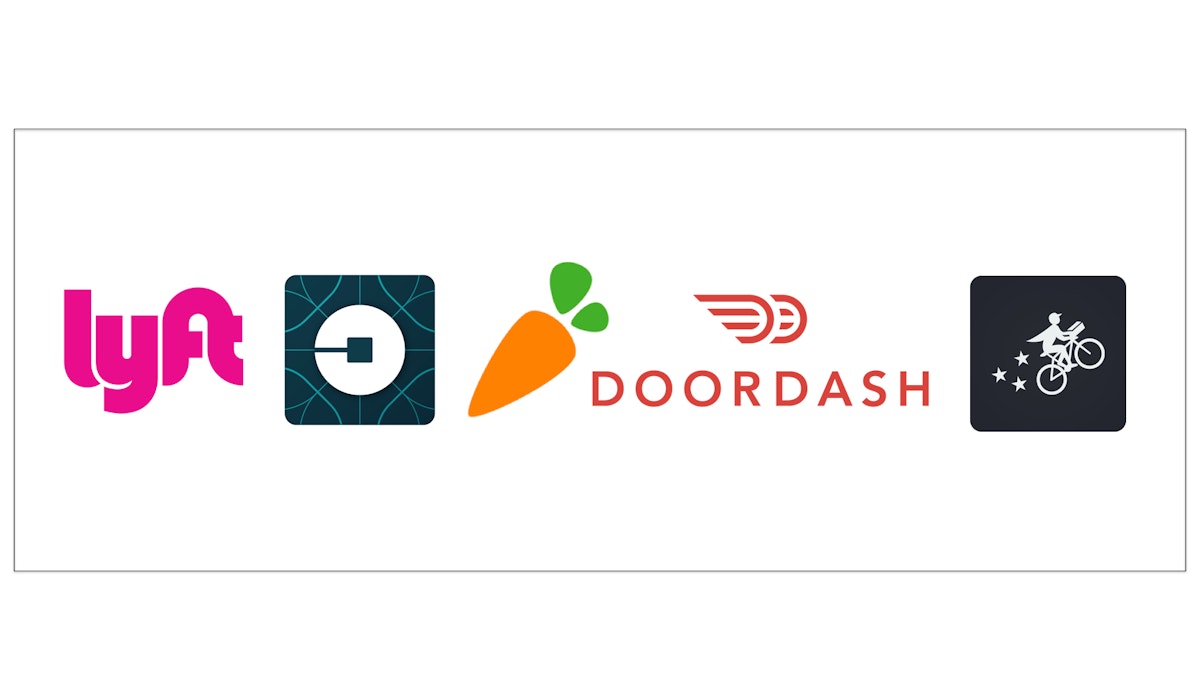29,238 reads
Why Companies like Lyft, Uber, Postmates, Instacart etc Will Never Be Profitable.

Too Long; Didn't Read
In 1860, the Pony Express moved mail between St Joseph’s, Missouri and Sacramento, California. Utilizing 200 relief horses along the route, the Pony Express delivered Lincoln’s first inaugural address from Nebraska to California in seven days and 17 hours. It was the company’s and the worlds <em>fastest</em> ever delivery of mail and it ushered in the era of <em>high speed mail</em> delivery. The horse riders who delivered the mail had a weight limit, between 100 to 125 pounds, to ensure they did not overburden the horses. <a href="http://www.history.com/news/history-lists/10-things-you-may-not-know-about-the-pony-express" target="_blank">One rider claimed he was 11 years old when he joined the Pony Express. The rider needed to be the size of an 11yr old, the weight limit was that strict</a>!L O A D I N G
. . . comments & more!
. . . comments & more!

